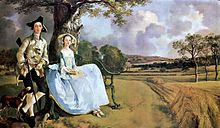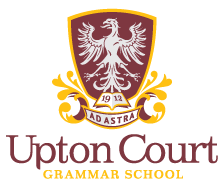
Upton Court Grammar School is a fully selective academy school in Lascelles Road, Slough, Berkshire.
Sir William Borlase's Grammar School is a selective state grammar school accepting girls and boys aged 11–18 located in Marlow, Buckinghamshire, England. It is situated on West Street, close to the town centre and also accepts students from nearby towns. It has around 1000 pupils, including a sixth form of about 380.
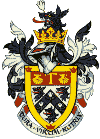
Sedbergh School is a public school in the town of Sedbergh in Cumbria, North West England. It comprises a junior school for pupils aged 4 to 13 and the main school for 13 to 18 year olds. It was established in 1525.

Davenant Foundation School is a Christian Ecumenical secondary school, founded in 1680, currently in Loughton, Essex, England.
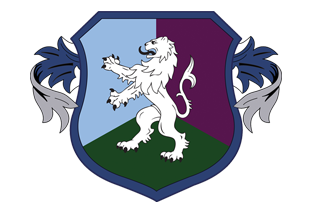
Queen's Park High School or QPHS is a co-educational secondary school and sixth form located in Queens Park, Chester, England. The school symbol is the heraldic lion, and the school uniform consists of a blue blazer with a small white lion on the left hand side, and black or blue trousers.

St. Bede's Grammar School, in Heaton, Bradford, West Yorkshire, England, was a Roman Catholic boys' Secondary school. The school merged with St. Joseph's Catholic College in September 2014 to form St Bede's and St Joseph's Catholic College. The school is based over both of the former school sites.

Borden Grammar School is a grammar school with academy status in Sittingbourne, Kent, England, which educates boys aged 11–18. A small number of girls have also been admitted to the Sixth Form. The school holds specialist status in sports.
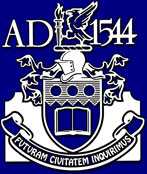
The Prescot School is a coeducational secondary school located in Prescot, Merseyside, England. It was previously called Prescot Grammar School. It was announced in late 2015 by the headteacher, Judy Walker, that the historic name and the link to the school's near half-millennium of tradition was being restored as a consequence of a successful application by the school for academy status. The official opening of the reformed school was on 28 April.
Durham Johnston Comprehensive School is a secondary school in Durham, England.

Sir George Monoux College is a sixth form college located in Walthamstow, London. It is a medium-sized college with around 1,620 full-time students as of 2018.
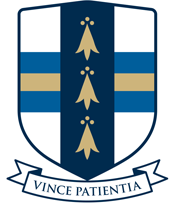
Twyford School is a co-educational, private, preparatory boarding and day school, located in the village of Twyford, Hampshire, England.
Landau Forte Academy QEMS is an 11-16 secondary school with academy status located to the north of Tamworth, a market town in Staffordshire in the Midlands north of Birmingham. It is often known simply as QEMS . Since 1 September 2011, the school has been owned and operated by the Landau Forte Charitable Trust, after being transferred from the Staffordshire LA control.
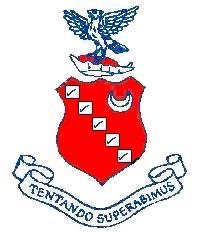
Hele's School was a boys' grammar school, and latterly a comprehensive school, in the city of Exeter, Devon, England.
Northgate High School is a co-educational secondary school situated in north Ipswich, Suffolk, England. It is a co-educational comprehensive school, for ages 11–16, and 16–18 in the Sixth Form Department. It has approximately 1736 children on roll.

Rokeby School is an independent all-boys preparatory day school in Kingston upon Thames, London. Its headmaster is Jason Peck. The school offers an education from 4 to 13 years through the integration of a pre-preparatory school and a preparatory school. The pre-prep school was known as Junior Rokeby until 2008 when headmaster Jason Peck unified the schools under one name and uniform, at the same time abolishing the senior school's traditional Latin motto in favour of a three word English one.
Gateshead Grammar School was a school in Gateshead, Tyne and Wear, England, that operated from 1883 to 1967.

City of Portsmouth College is a sixth form college on Tangier Road, Baffins, in the city of Portsmouth, England.

Wallingford Grammar School was a grammar school in the town of Wallingford, Oxfordshire, England, succeeded by Wallingford School when comprehensive education was introduced in 1973.
Burnley Grammar School was latterly, a state-funded selective boys grammar school, situated in Byron Street in Burnley, Lancashire. However, during its long history, it moved between a number of sites in the town.
Wyggeston Grammar School for Boys was a grammar school in Leicester, England, in existence from 1876 to 1976.

